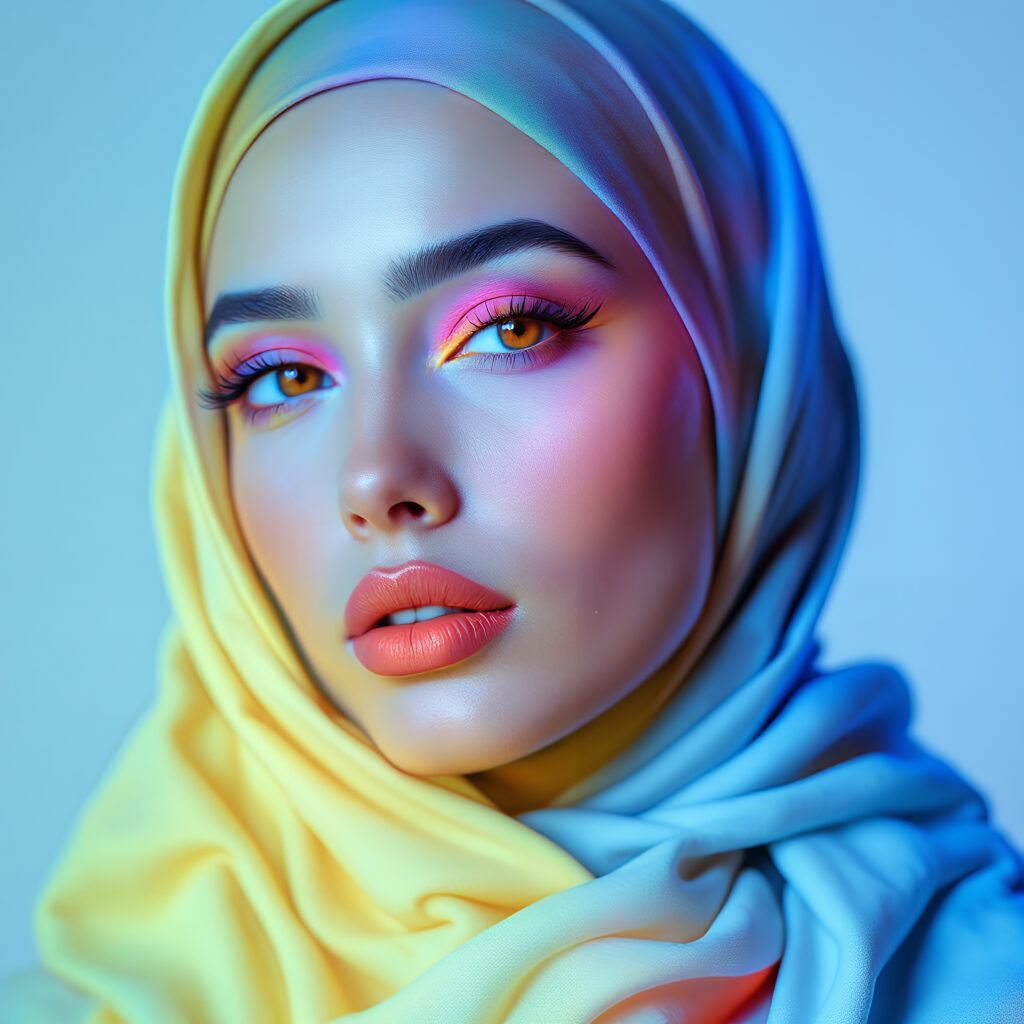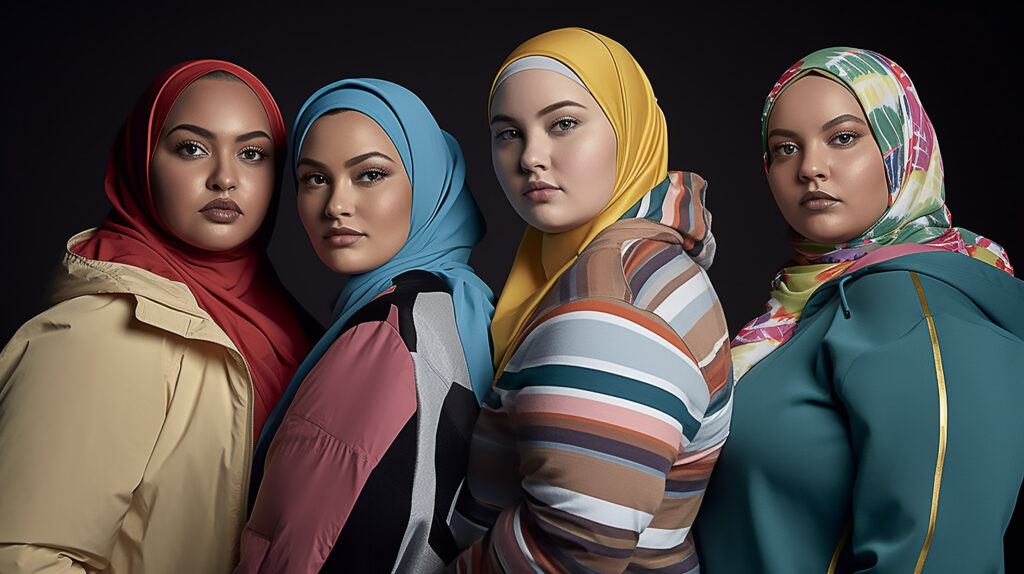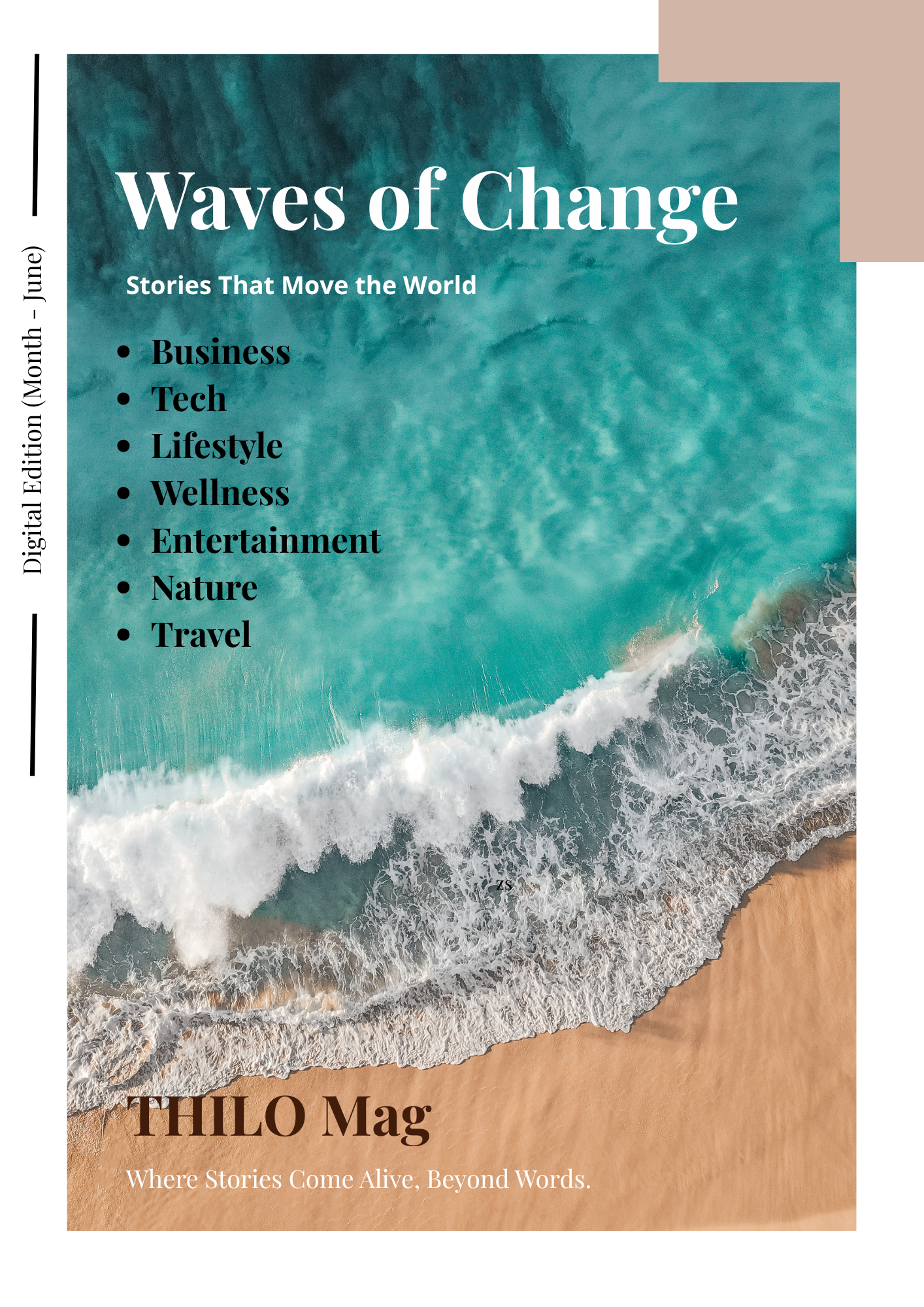Parisian Modesty: The Rise of Haute Hijabi Fashion
By Thiloththama Jayasinghe
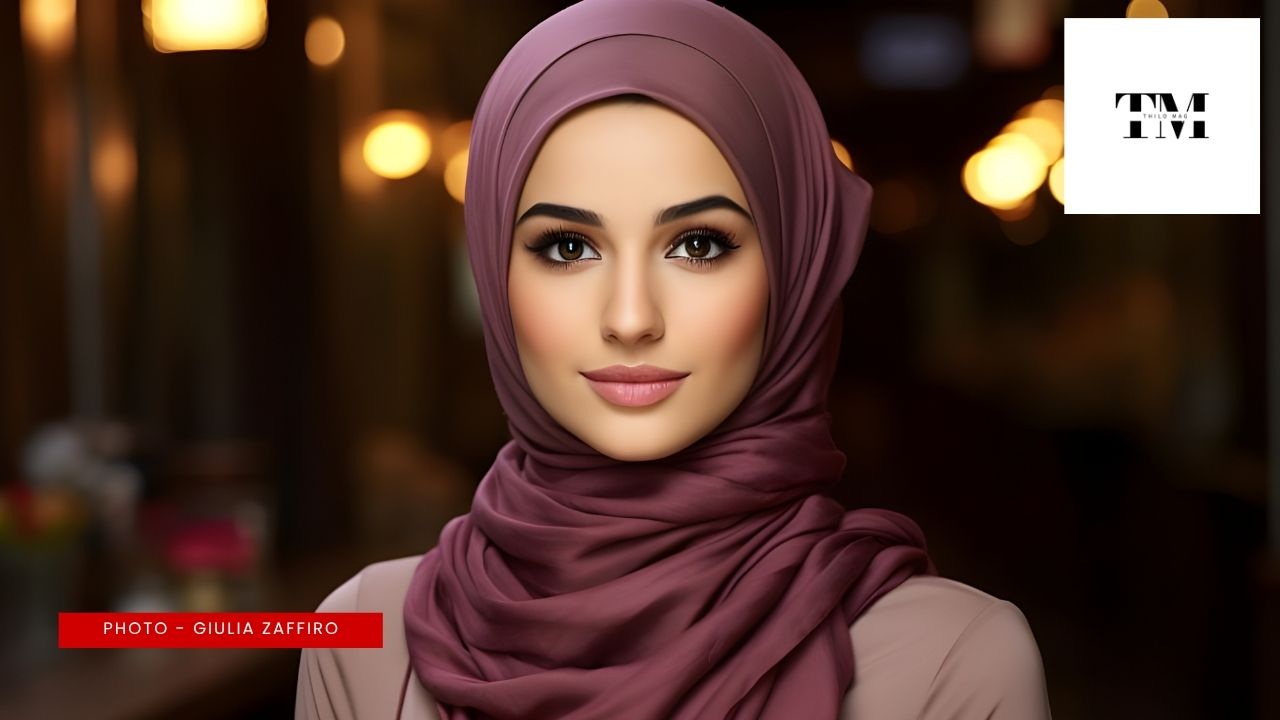
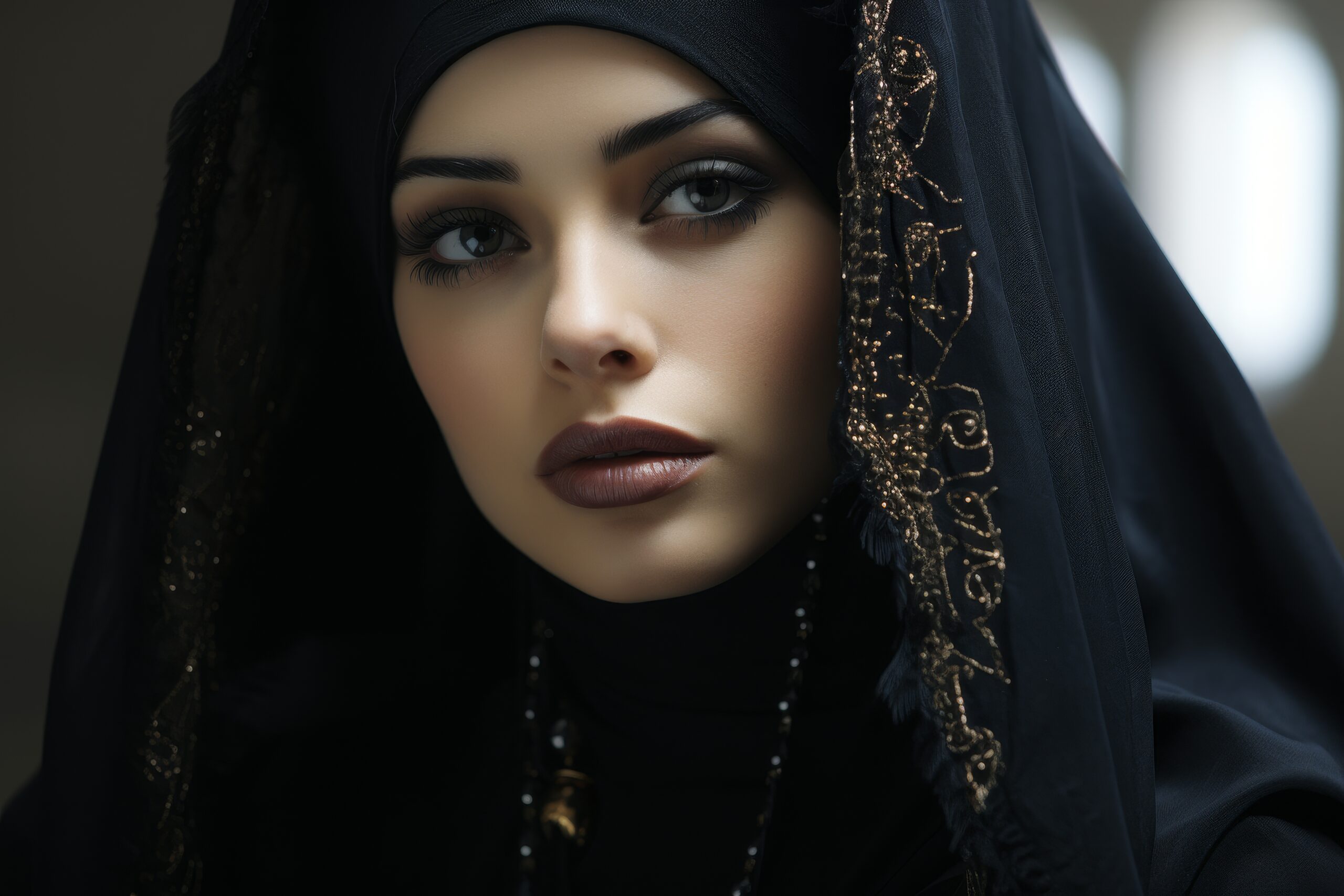
At the very heart of Paris—where haute couture was born and fashion‘s elite walk Rue Saint-Honoré’s cobblestone catwalks—a revolution is quietly fermenting. It doesn‘t sparkle with sequins nor seek attention by screaming. Instead, it glides elegantly, flanked by elegance and conviction. It is the birth of Haute Hijabi Fashion—a movement in full bloom where modesty and luxury blend with cultural pride to weave a style narrative recasting global fashion norms.
Across France and much of Western Europe, young Muslim women are making a fashion statement much bigger than fashion. In their silk scarves, streamlined trench coats, palazzo pants, and high heels, these women are redefining modesty and modernity.
A New Kind of Chic
Years went by, and modest fashion was glanced at from the sidelines—too old-fashioned, too mysterious, too traditional for the mass catwalk. Yet with growing calls for inclusion and diversity booming louder in the fashion industry, businesses couldn‘t avoid glancing at the vibrant lives of hijabi influencers—dozens of whom already had millions of followers.
Style–aware women like Dina Tokio, Rawdah Mohamed, and Leena Asad led the movement, proving covering up didn‘t have to mean dressing down. Their content was high-brow but bold, rooted in religion but confident in character.
Taking the cue, luxury homes soon opened shop. Dolce & Gabbana launched a hijab and abaya collection. Burberry, Gucci, and Oscar de la Renta began recruiting Muslim models. And Modanisa, the largest modest fashion store globally, became known even in the houses of hijabi fashion enthusiasts.
The Paris Effect
In Paris, where fashion is a second language, modesty has become a new dialect. “Being modest in a city like Paris is a form of art,” says Sarah L., a Parisian-Muslim fashion blogger. “You’re constantly balancing faith, elegance, and a touch of rebellion.”
Women are seen layering oversized blazers over chiffon hijabs, wearing high-necked satin dresses with boots, or tossing silk scarves over bespoke suits. The style is new, subtle, and unmistakably powerful.
During Paris Fashion Week, hijabi appearances at front rows and street style shoots are becoming more common. Modest fashion no longer lags behind—it sashays confidently down the boulevards of power.
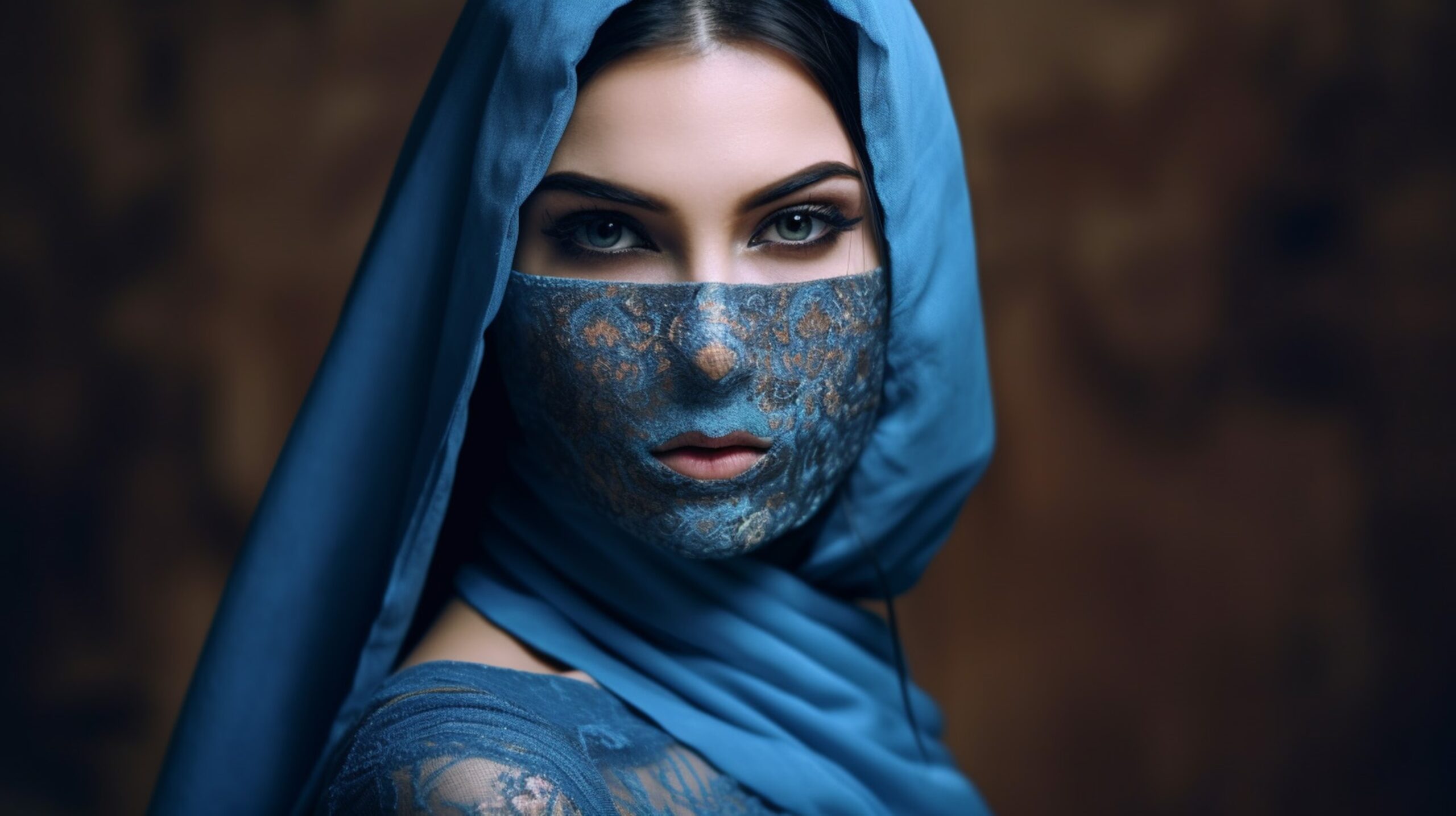
Faith in Fashion
This is not an aesthetic movement—it‘s a movement of representation and identity. For Muslim women who have been made invisible in spaces of fashion and media, the rise of haute hijabi fashion is a reclaiming of visibility on their own terms.
It‘s also about pushing back against stereotypes that have bound modest dress to oppression for so long. Today‘s hijabi style icons are smart, fearless, and global. They‘re CEOs, designers, influencers, and mothers—and they‘re dressed in their faith with fierce pride.
Challenges Still Remain
Though there has been progress, issues persist. France‘s persistent political discussions around secularism and wearing religious symbols in public far too frequently position Muslim women at the center of the storm. The hijab has been banned in certain public contexts, and fashion is not always immune from the political grasp.
But it has only been a stimulus to creativity and resistance. As modest fashion becomes more mainstream viable, hijabi influencers and global brands will be collaborating in greater numbers. Expect runway collections that pay homage to religious principle but take on high–fashion silhouettes. Expect more hijabi stylists, models, and editors at the top turning the game around from the inside out.
And most of all, expect a different kind of empowerment—one that is proud of tradition and innovation in equal measure.
